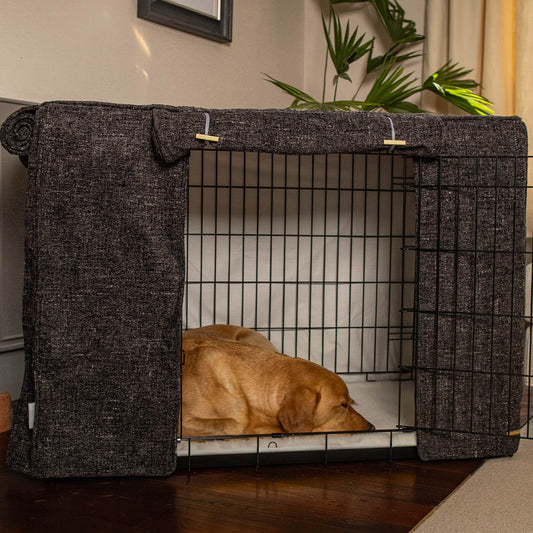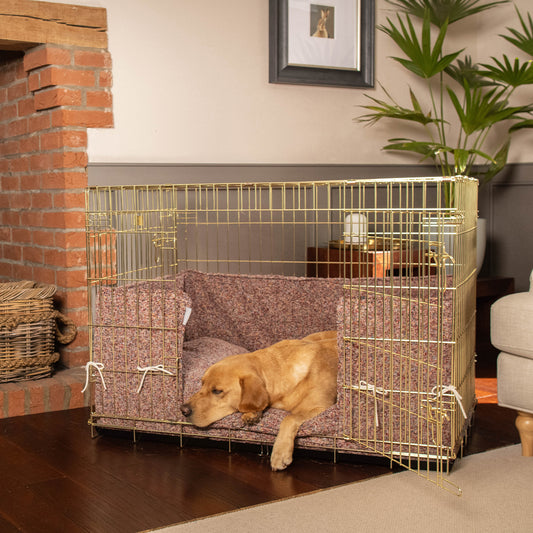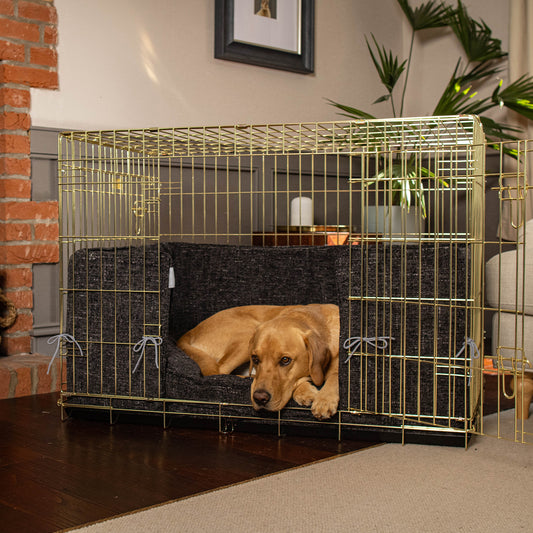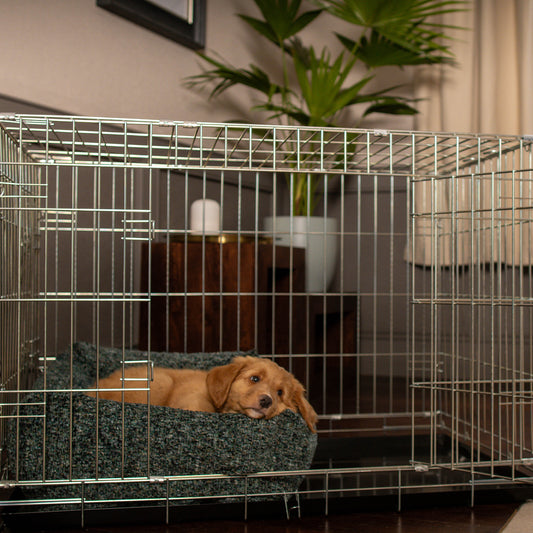You may have seen our handy Designed For The Road blog series exploring all the dog accessories out there to make adventures with your canines as simple and fun as possible. But once you’ve bought all the accessories you need, where will you take them? We’ve recently talked about dog friendly shows, but what about historic places of interest?
Dog Friendly English Heritage Properties
English Heritage care for more than 400 historic sites across the UK. Undertaking extensive conservation work, the organisation works to protect a whole range of important sites and artefacts from the ancient past through to present day; from palaces and castles to industrial sites and deserted medieval villages. There is something for everyone, including the canine members of the family. Our picks include:
Tintagel Castle – Cornwal
With links to the legend of King Arthur, Tintagel has both a mythical and historic charm. Set in the wild landscape of the Cornish coastline with it’s rolling hills and beautiful beaches. A fun day for the whole family, there are plenty of open spaces for your dog to enjoy.

Housesteads Roman Fort, Hadrian’s Wall – Northumberland
There’s a whole list of places we could suggest in Northumberland, so picking just one is hard. How about visiting the dramatic landscape around Hadrian’s Wall and take a trip to Housesteads Roman Fort?! With lots of history dating back to the Roman Empire and beautiful panoramic views across the countryside, it will make a lovely day out for you and your canine companions.

Kenilworth Castle and Elizabethan Gardens – Worcestershire
A wonderful castle standing on a low hill and surrounded by beautiful gardens and scenic landscapes. Highlights include a series of towers including the Gallery Tower, Mortimer’s Tower and Lunn’s Tower. With acres of gardens and surrounding landscape there is something for everyone here, including your furry family members!

Of course, this is just a small selection of the places to visit that are welcoming to your pets. Check here for a full list of places to visit with your dog. For information and guidelines specific to a particular place or property, please check the individual properties website.
If you decide to visit one of the places mentioned, or any other English Heritage site, do let us know what you think. Send us your pictures or tag us on social media. We love to keep up with your adventures with your furry family members. Equally if you have any questions about this or something more general don't hesitate to get in touch.




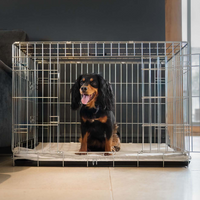





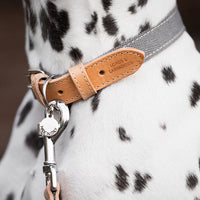




















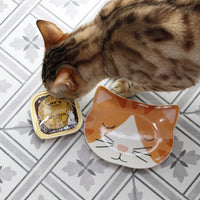












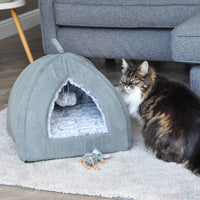











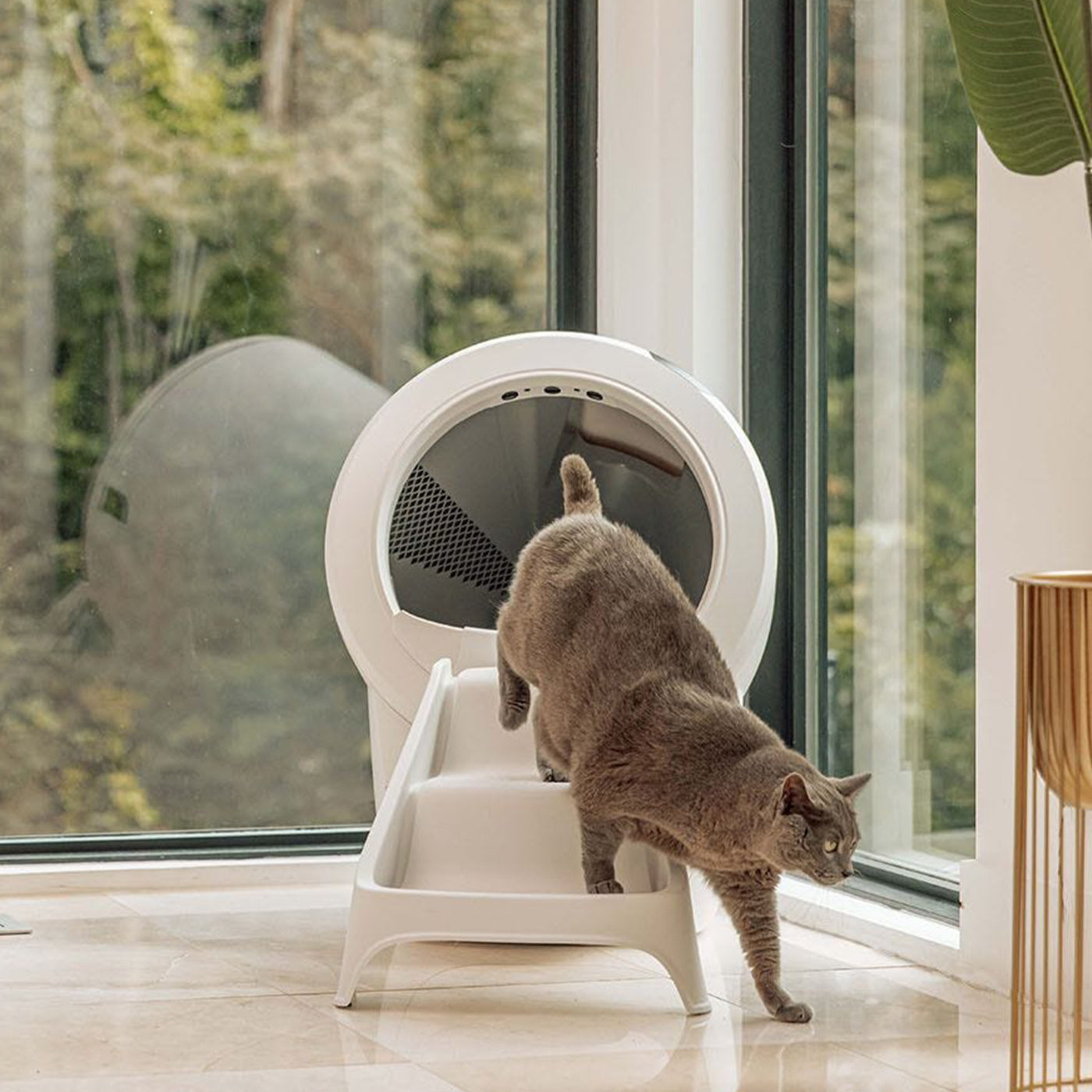



![[color:sage tweed]](http://www.lordsandlabradors.co.uk/cdn/shop/products/CocoPupDogWalkingBagSetsagetweed.jpg?v=1676907160&width=533)










